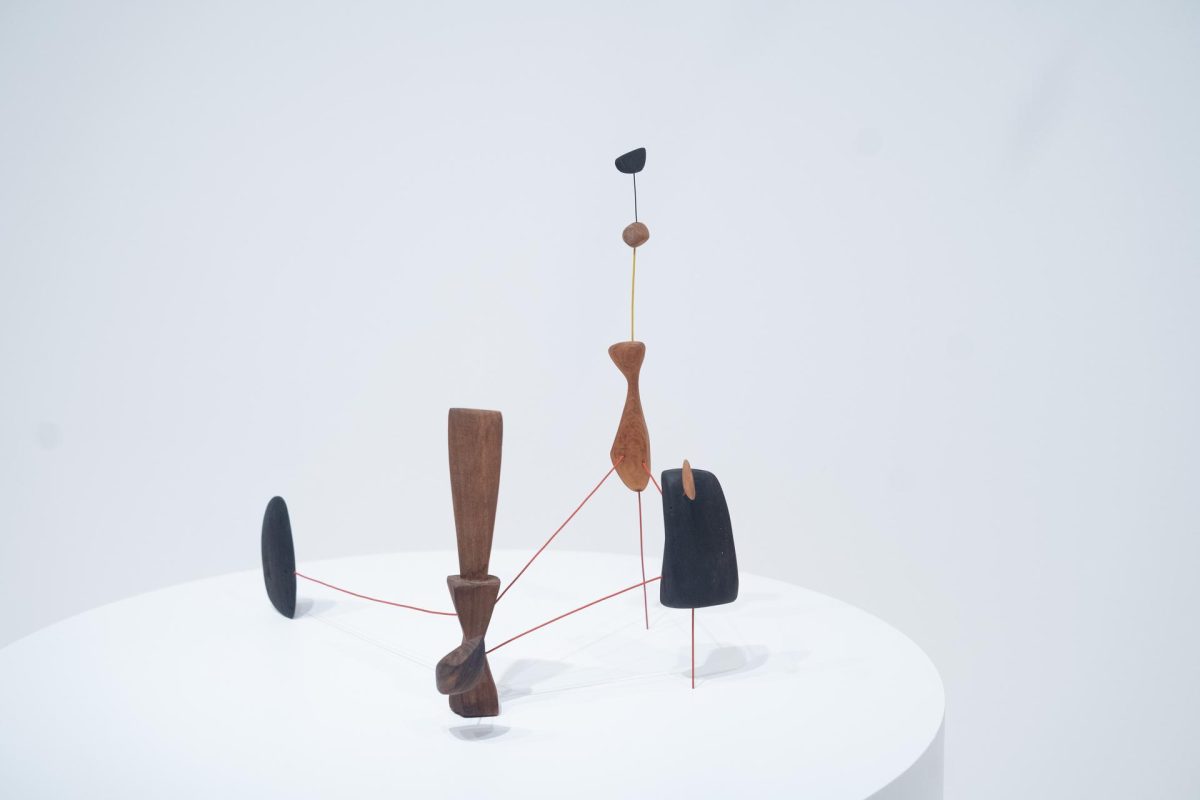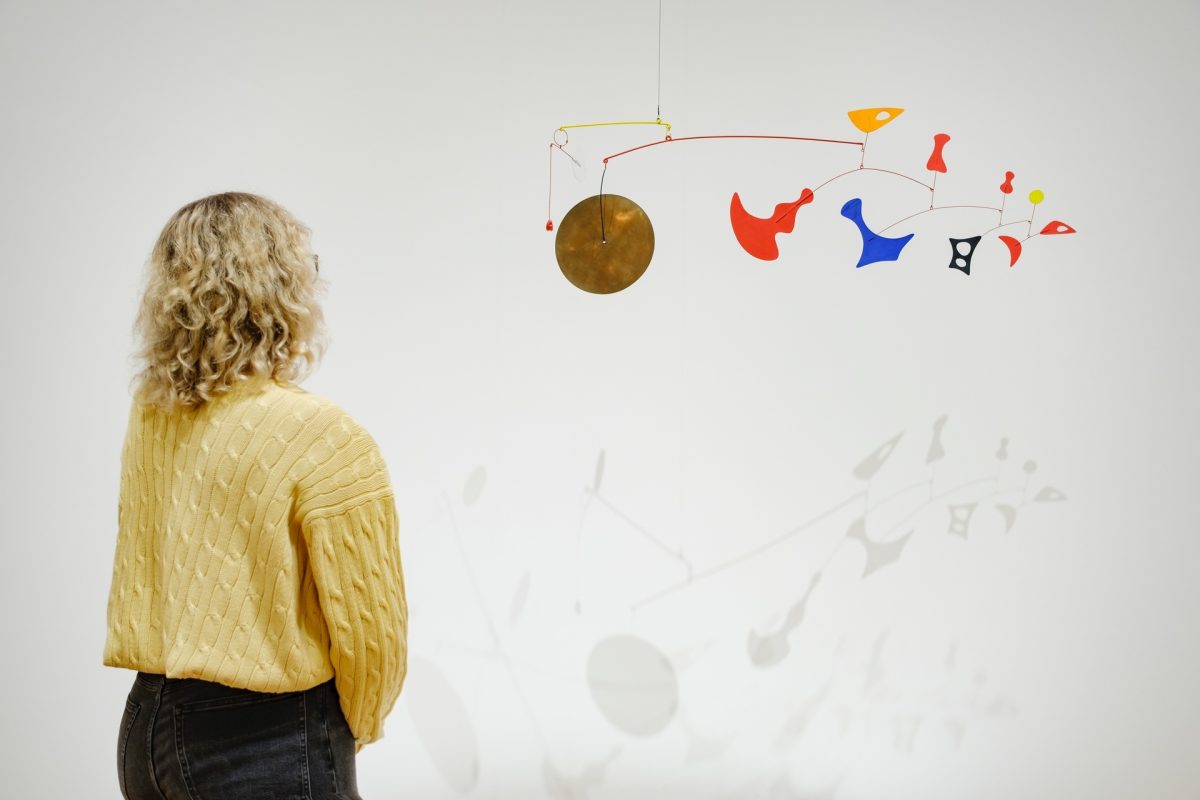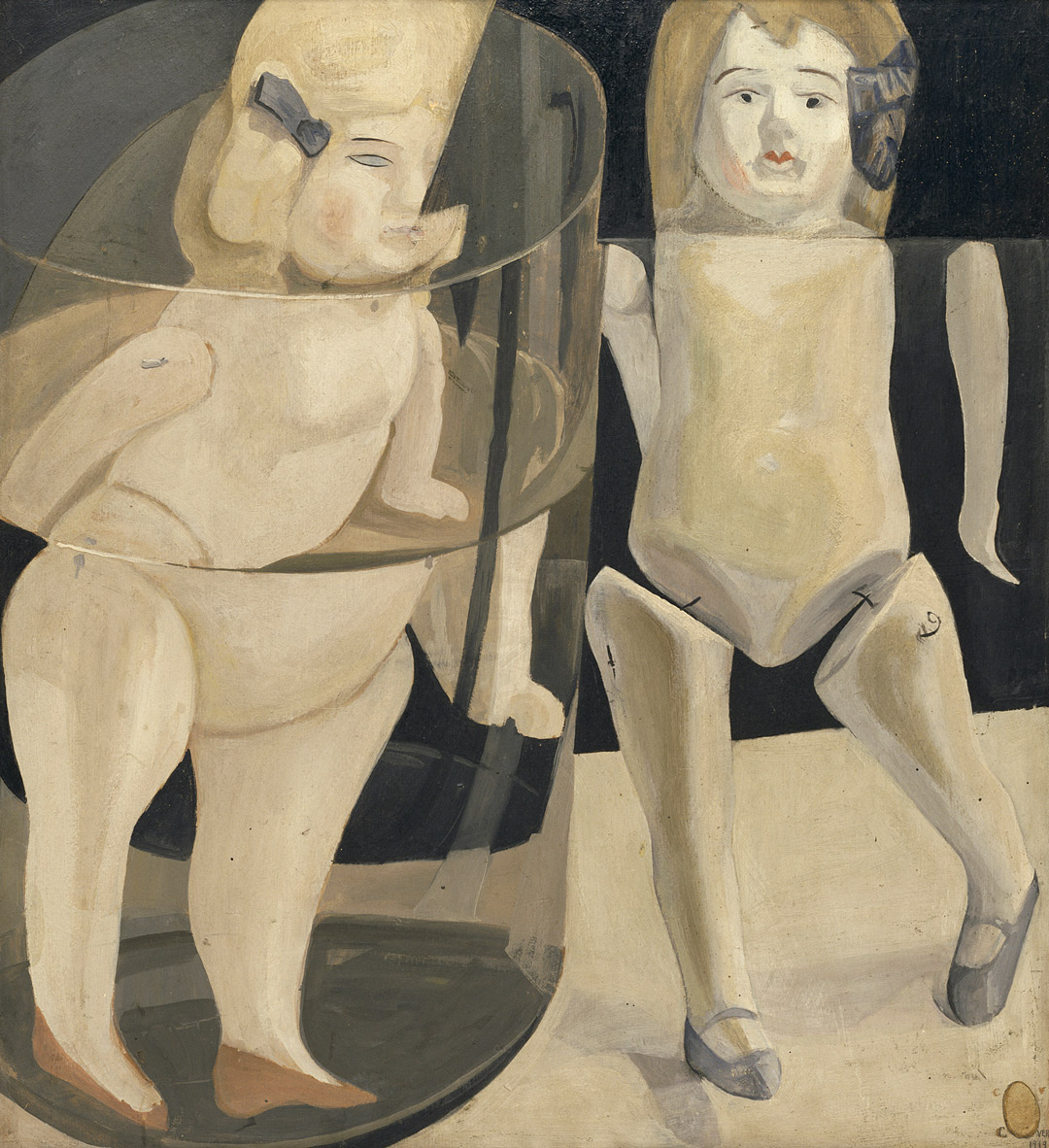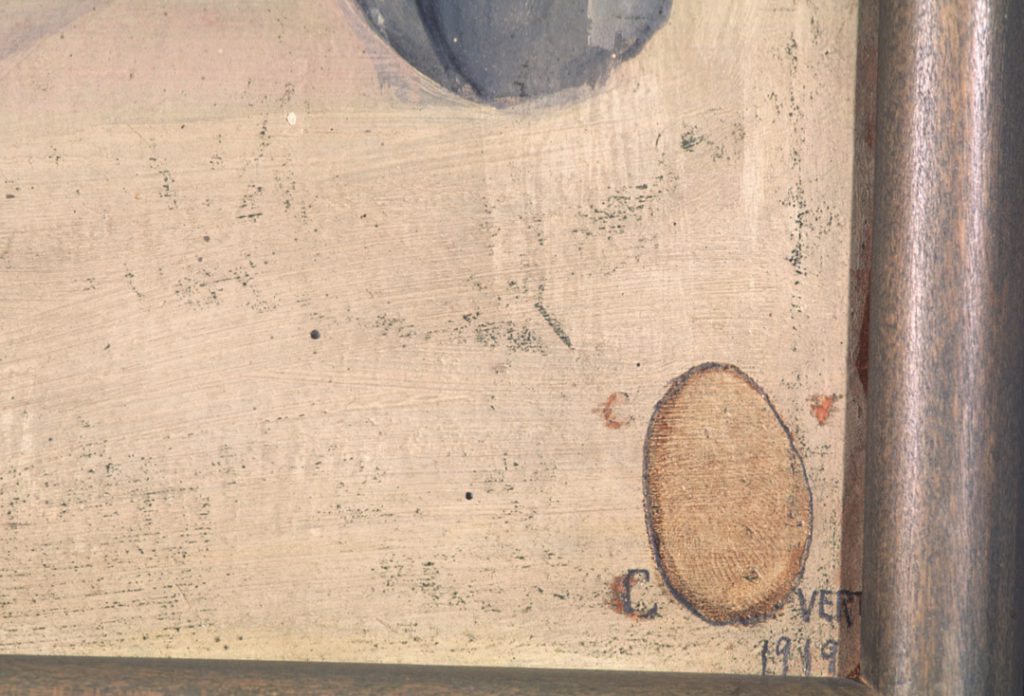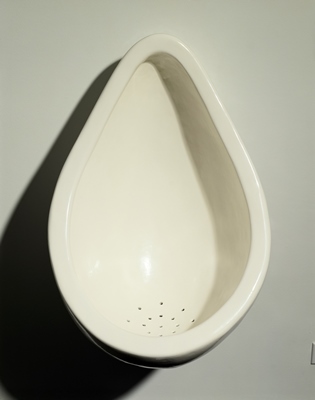Calder Smartphone Tour: Constellation with Red Knife
With his typical artistic materials in short supply at the height of World War II, Alexander Calder sought out alternatives. His resourcefulness led to the debut of an important series of carved wood and wire forms in 1943.
In 1943, James Johnson Sweeney and Marcel Duchamp, who were in the midst of curating a major retrospective of Calder’s work at the Museum of Modern Art in New York, proposed calling these new sculptural works ‘Constellations.’
“[The Constellations] had a suggestion of some kind of cosmic nuclear gases—which I won’t try to explain,” Calder once noted. “I was interested in the extremely delicate, open composition.”
Gaze upon Calder’s Constellation with Red Knife by visiting Calder: In Motion, The Shirley Family Collection at SAM. Then, tune in to the exhibition’s free smartphone tour to learn more about the artist’s universe of constellations—along with his passion for woodcarving—via our SoundCloud.
Constellation with Red Knife, 1943
JOSÉ CARLOS DIAZ: Constellation with Red Knife is a singular work in this exhibition that really highlights the assemblage of carved wooden forms.
NARRATOR: José Diaz:
JOSÉ CARLOS DIAZ: As a youth, Calder was experienced with carving with wood, and it’s a material that actually is found in a lot of his sculptural practice.
ALEXANDER S. C. ROWER: He was fascinated by not just the look of the wood, but the particular kind of grain of the wood, the way a grain would be straight or wavy and have characteristics.
NARRATOR: Sandy Rower:
ALEXANDER S. C. ROWER: The central object, which is the tallest piece of wood in the composition, is kind of the shape of a palette knife like a painter might use to mix paint.
NARRATOR: The work is one of a series called Constellations. The name didn’t come from Calder himself but from the artist Marcel Duchamp, and the curator James Johnson Sweeney.
ALEXANDER S. C. ROWER: Calder referred to them as an open form composition like some kind of nuclear gases, and then he said, “But I won’t try to explain.”
NARRATOR: The work may reflect Calder’s interest in time and space, but it is important to note that he wasn’t concerned with the observable universe (the sun, moon, earth, etc.). Rather, he was describing a universe. Or rather, the universal—an exploration of the unifying force posited by physicists today as string theory.
JOSÉ CARLOS DIAZ: When one thinks about constellations, there is an assumption that this is a specific reference to planets and stars and elements in our known universe. However, Calder’s really interested in a universe, his universe.
ALEXANDER S. C. ROWER: They are objects tied together with these wire lines, existing in space in three dimensions.
– Lily Hansen, SAM Marketing Content Creator
Image: Installation view of “Calder: In Motion, The Shirley Family Collection,” Seattle Art Museum, 2023, © 2024 Calder Foundation, New York / Artists Rights Society (ARS), New York, photo: Chloe Collyer.
